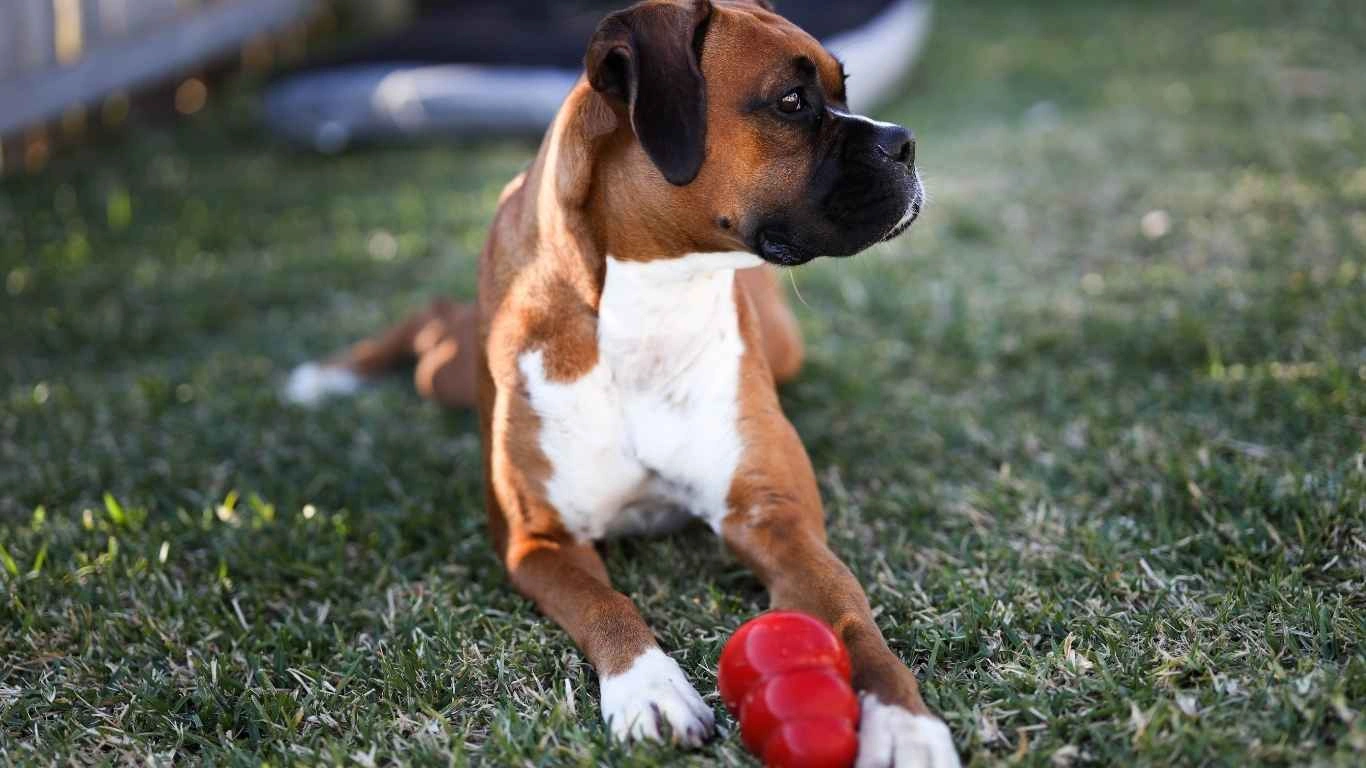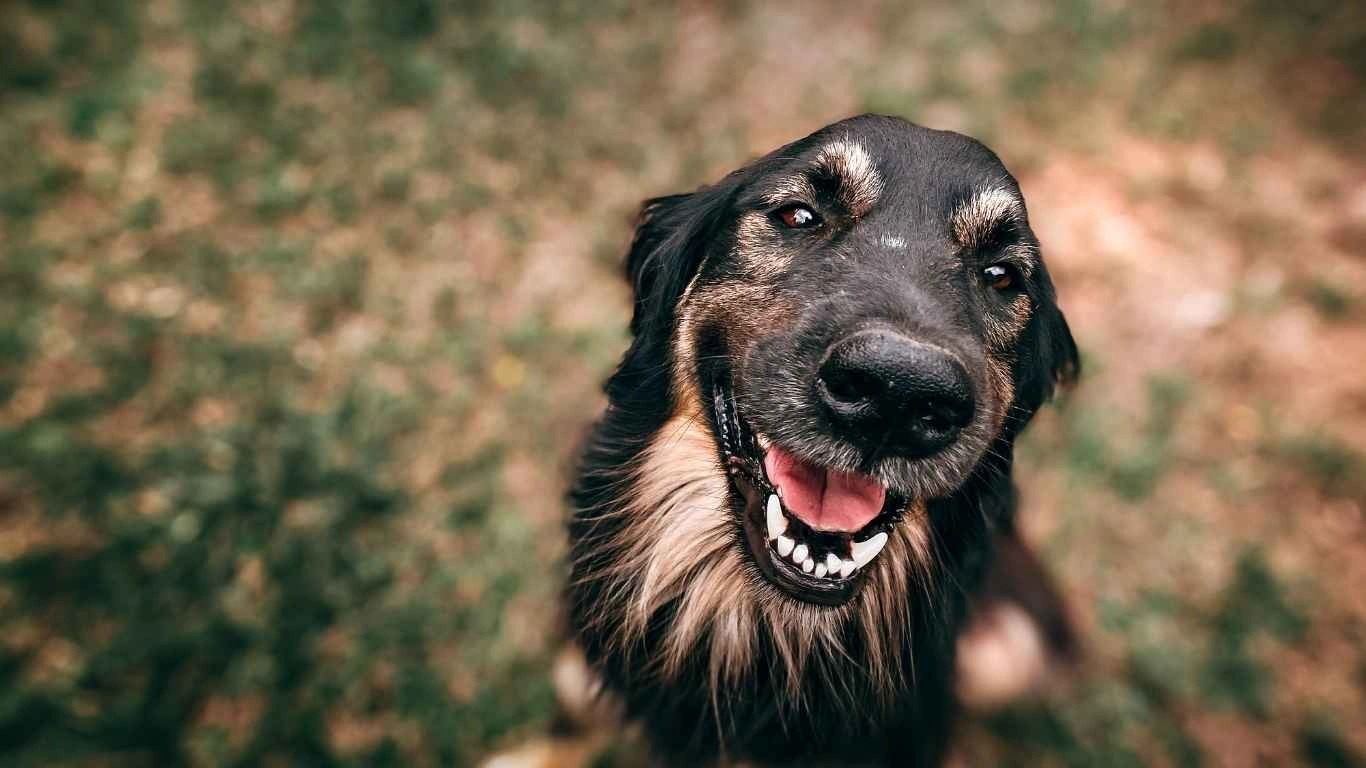Dangerous Truth About Cooked Fish Bones for Dogs You Need to Know
Ever caught your pup giving you the ol’ puppy eyes while you’re cooking fish for dinner? You’re not alone. As an Animal Care Specialist who’s worked in both clinics and shelters, I get this question all the time: can dogs eat cooked fish bones? It seems harmless enough—after all, fish is healthy, right? But the truth might surprise you. Let’s dive into it together and clear up the confusion so you can make safe, informed choices for your furry best friend.
Why Fish Bones Might Be a Risk for Dogs

From a nutrition standpoint, fish is a fantastic source of lean protein and omega-3 fatty acids. But cooked fish bones? That’s a whole different story. Once fish bones are cooked, they become brittle—kind of like dry twigs—and they can easily splinter. These sharp fragments can lodge in your dog’s mouth, throat, stomach, or intestines, leading to serious injuries or even life-threatening blockages.
I once had a sweet old Labrador come into the clinic with a bone lodged in her esophagus. Her poor owner had no idea that giving her leftover salmon could turn into an emergency. She pulled through with surgery and lots of care, but it’s a lesson I’ve seen repeated far too often.
What Makes Cooked Fish Bones So Dangerous?
Let me break it down a bit more. Here are the main reasons I always tell dog parents to steer clear of cooked fish bones:
- Splintering: Cooked bones shatter easily and can cut soft tissues from the mouth to the intestines.
- Choking Hazard: Smaller breeds or puppies are especially at risk of choking on sharp bone fragments.
- Digestive Injuries: Perforations in the stomach or intestines aren’t just painful—they’re often fatal without immediate surgery.
- Constipation & Blockages: Bones can compact in the digestive tract, causing pain and requiring expensive treatments.
Just the other week, I saw a Terrier mix with severe constipation. X-rays showed a clump of tiny bones causing a blockage. His owner was stunned—it had only been a couple of fish scraps from dinner. It doesn’t take much to trigger a serious issue.
Are Any Fish Bones Safe for Dogs?

This is a common follow-up I hear from pet parents who want to feed fish safely. The truth? No cooked fish bones are completely safe. Some people think soft-boned fish like sardines are fine, and in some cases—if the bones are very small and the fish is canned in water—those might pass without harm. But it’s still a gamble. And honestly, when it comes to our dogs, why take the risk?
Safe Ways to Give Fish to Your Dog
If you want to give your dog the benefits of fish without the risks, here’s how I usually recommend doing it:
- Debone Everything: Meticulously remove every visible bone. It’s tedious, but your dog’s safety is worth the effort.
- Go Boneless: Choose boneless fillets of fish like cod, salmon, or tilapia, and cook them simply—no seasonings or oils.
- Use Dog-Specific Products: Some high-quality dog foods and treats contain safe, fish-based ingredients that are pre-processed and bone-free.
- Canned Fish in Moderation: Boneless, canned sardines or salmon packed in water can be an occasional treat—just watch the sodium content.
In my experience, dogs absolutely love fish, and it can be such a nourishing part of their diet when done right. But it’s our job to make sure it’s given safely. I always say: “Better safe than sorry—your pup deserves the best care we can give.”
Signs Your Dog Might Have Swallowed a Bone

Sometimes, accidents happen. If your dog managed to snatch a cooked fish bone off your plate, keep an eye out for these warning signs:
- Gagging or choking
- Excessive drooling
- Vomiting or regurgitating food
- Loss of appetite
- Whining when touched around the abdomen
- Straining to poop or blood in stool
If you notice any of these symptoms, don’t wait—get to your vet immediately. Trust your gut. I’ve had owners who hesitated, only to wish they’d acted sooner.
So, What Should You Do If Your Dog Eats Cooked Fish Bones?

First off—don’t panic. I know that’s easier said than done, especially when your dog’s giving you that guilty “uh-oh” face after swiping a piece of fish off the counter. But if your pup managed to snag a bite and you suspect there were bones in it, you’ve got options. Based on my experience working with emergency cases at the clinic, here’s what I tell dog parents to do right away:
- Assess the situation: How many bones might your dog have eaten? What kind of fish was it? Try to get as much info as possible—it’ll help your vet.
- Watch for signs of distress: Coughing, gagging, drooling, abdominal pain, or strange poops—any of these warrant a call to your vet ASAP.
- Don’t try home remedies: Seriously, I’ve seen people give bread, rice, even oil thinking it’ll “coat the stomach.” Nope. It just complicates things.
- Call your vet: Always better safe than sorry. If they think your pup needs to be seen, don’t delay.
One time, a sweet Beagle named Murphy came into our shelter’s medical unit after eating tilapia bones. His owner thought he’d be fine because “he chews everything really well.” Spoiler alert: he didn’t. A small bone fragment lodged in his upper throat. Thankfully, we caught it early and removed it without surgery. But that’s not always the case.
Can Dogs Eat Fish Safely—Without Bones?

Here’s the good news: your dog can totally enjoy fish without the risks—as long as you’re careful. Fish can be a super nutritious part of a dog’s diet. I personally love recommending it for dogs with food sensitivities or allergies. It’s lean, rich in protein, and packed with omega-3s that support joint health, coat shine, and heart function.
My Go-To Dog-Friendly Fish Options
When people ask me what kind of fish is best for dogs, I usually recommend:
- Salmon: Full of healthy fats, just make sure it’s boneless and fully cooked. Raw salmon can carry parasites.
- Tilapia: Mild, affordable, and easy to digest—great for sensitive tummies.
- Whitefish: Like cod or haddock—low in fat and great for dogs on a low-cal diet.
- Sardines (canned in water): Small, soft-boned, and loaded with omega-3s. Just check the sodium content.
Whenever I prep fish for my own rescue pup, Daisy, I always steam or bake it plain—no seasoning, garlic, or onion. And I double-check every bite for bones. It’s a habit now, like muscle memory. Better a few extra minutes in the kitchen than a scary trip to the vet.
Common Myths About Dogs and Fish Bones

Let’s clear the air on a few myths I hear floating around, especially online or in casual dog park chats:
“Dogs in the wild eat bones all the time.”
Sure, wild dogs or wolves might gnaw on raw prey bones, but that’s raw bone—not cooked. Cooked bones behave totally differently. They splinter. Plus, wild animals don’t always survive those encounters. Just because it’s “natural” doesn’t mean it’s safe or smart.
“If it’s a small bone, it’ll pass fine.”
Sometimes it does. But I’ve also seen tiny bones cause big problems. One Jack Russell Terrier swallowed what looked like a harmless little piece of trout bone. Two days later, he was in for emergency surgery. Trust me—don’t play the odds.
“My dog’s eaten bones before and was fine.”
That’s like saying, “I’ve driven without a seatbelt and didn’t crash.” It doesn’t mean it’s safe—it just means you’ve been lucky. I’ve seen perfectly healthy dogs go from wagging tails to emergency surgery in hours over one wrong bite.
Better Alternatives to Cooked Fish Bones
If you’re looking for safe ways to give your pup that satisfying crunch or fishy goodness without risking cooked fish bones, here are a few solid options I often recommend to pet parents:
- Fish skin treats: Dehydrated, crunchy, and packed with flavor—these are a big hit at our shelter with the picky eaters.
- Freeze-dried fish snacks: Lightweight, nutritious, and bone-free.
- Fish oil supplements: Great if you want the omega-3 boost without the food prep.
- Homemade fish jerky: If you’ve got a dehydrator, it’s super easy to make your own dog-safe fish treats.
Whatever you pick, just make sure it’s designed for dogs. I’ve had more than a few clients give their pups human fish sticks or breaded frozen filets—not realizing they’re full of salt, spices, and additives that aren’t dog-friendly at all.
To wrap up this part, the big takeaway here is this: dogs and cooked fish bones just don’t mix. It might seem like a harmless table scrap, but the risks just aren’t worth it. There are so many safer, healthier, and yummier ways to share fish with your pup—without a trip to the emergency vet.
How to Introduce Fish Into Your Dog’s Diet the Right Way

Now that we’ve tackled the dangers of cooked fish bones and talked about safer alternatives, let’s get into something more uplifting—how to actually feed your pup fish the right way! I’ve had plenty of clients ask me how to start without upsetting their dog’s stomach, especially if it’s a new protein for them. Honestly, a little patience and a gentle intro go a long way.
Start Slow and Simple
Like with any new food, it’s all about easing it in gradually. Here’s what’s worked best in my experience, both professionally and with my own crew of rescue pups:
- Choose boneless, plain-cooked fish: Steam, bake, or grill it without any seasoning. Seriously—no salt, butter, garlic, or onion. Just fish.
- Introduce small portions: Mix a teaspoon or two into their regular food at first. Watch for any digestive upset.
- Monitor stool and behavior: Look for signs of allergy like itching, soft stool, or gassiness. Some dogs are just sensitive to fish.
- Gradually increase the amount: If your dog tolerates it well, you can offer fish a couple of times a week as a topper or protein boost.
One of my foster dogs, Juno, had horrible skin issues until we transitioned her to a fish-based diet. We used baked whitefish as her main protein, and within a few weeks, her coat was shinier and she’d stopped scratching herself raw. It made such a difference.
Other Foods You Shouldn’t Pair with Fish for Dogs

While we’re on the subject, let’s quickly touch on foods that don’t mix well with fish when feeding your dog. Even boneless fish can become a problem when combined with the wrong ingredients.
- Garlic and onions: These are toxic to dogs in any form—raw, cooked, powdered—you name it.
- Heavily salted or smoked fish: Too much sodium can lead to dehydration or sodium ion poisoning.
- Fish fried in oil or butter: Fats can upset a dog’s stomach and even cause pancreatitis, especially in breeds prone to it.
- Breaded or battered fish: Those crunchy coatings often contain seasonings, fillers, and preservatives that aren’t dog-safe.
I once had a client whose pup got into a leftover fish taco. Between the garlic aioli, fried batter, and spices, that poor dog was in and out of the clinic for two days with GI issues. Lesson learned—stick with simple, plain, and unprocessed whenever possible.
Best Practices for Feeding Fish Safely
So to wrap up our conversation on a helpful note, here’s a list I give to clients who want to include fish in their dog’s diet safely and regularly:
- Always remove all bones: Double-check everything, even pre-filleted fish. Tiny pin bones can still sneak in.
- Cook thoroughly: Never serve raw fish unless it’s been frozen properly to kill parasites (and even then, consult your vet).
- Skip the seasoning: Plain is perfect. Your dog doesn’t care about spices—they care about smell and texture.
- Rotate proteins: Don’t rely on just one fish variety. Mixing in chicken, turkey, or lamb keeps things balanced and reduces allergen exposure.
- Consult your vet: Especially if your dog has health conditions or is on a special diet. It’s always smart to check first.
References
Disclaimer
This article is based on professional experience as an Animal Care Specialist and current veterinary best practices as of the time of writing. It is not a substitute for professional veterinary advice, diagnosis, or treatment. Always consult your vet before making any changes to your dog’s diet—especially if they have health conditions or dietary restrictions.
Remember, every dog is different. What works for one might not work for another. But one thing’s for sure: cooked fish bones are never a safe snack. Let’s keep those tails wagging and those vet bills down with smart, safe feeding habits.






